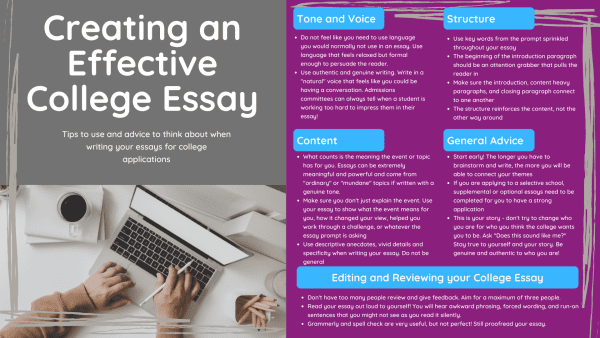It’s never too early to start planning for your future, no matter what it may entail. This page provides an abundance of resources for all college and career paths.
The College & Career Center will be open for students to seek advisement, work on college, trade school, and military applications, apply for scholarships, write and revise college essays, pick up college brochures, and attend college visits. Parents are also welcome to schedule an appointment at the College & Career Center if they have questions and concerns regarding post-secondary education/careers or concurrent enrollment information. The College & Career Center is located in Room 124.




